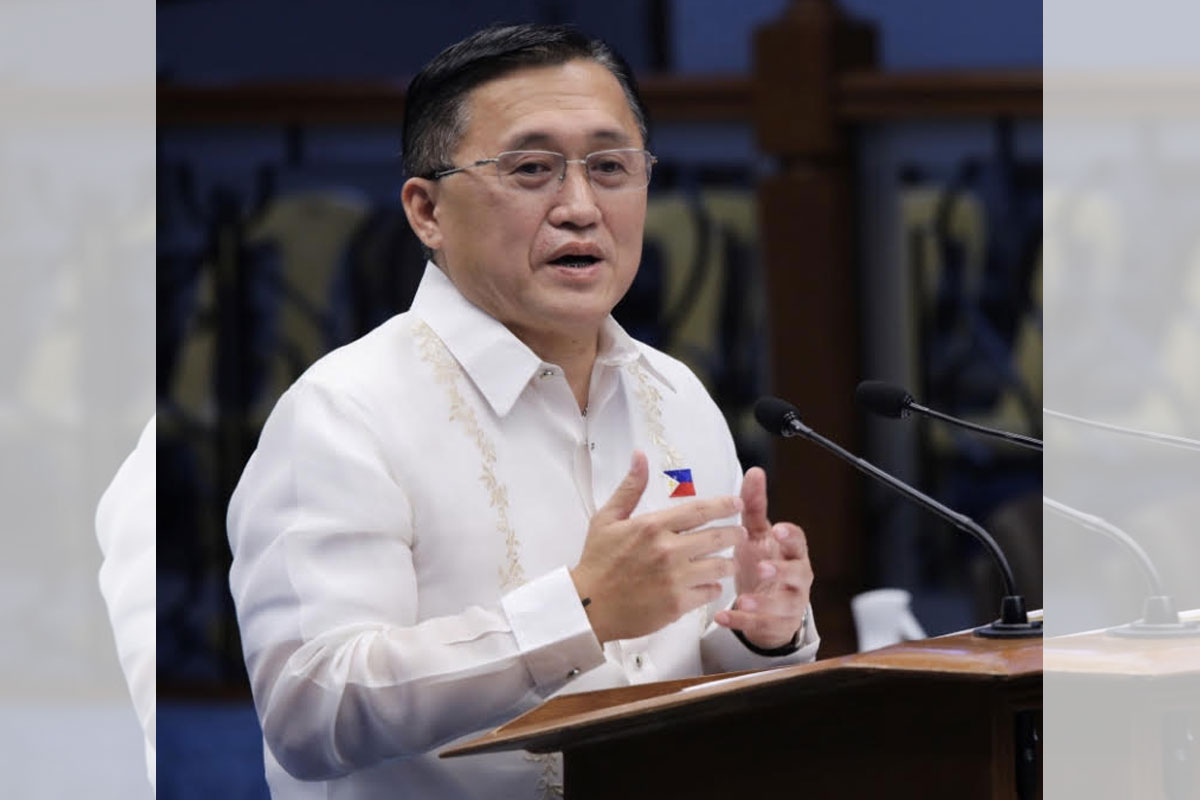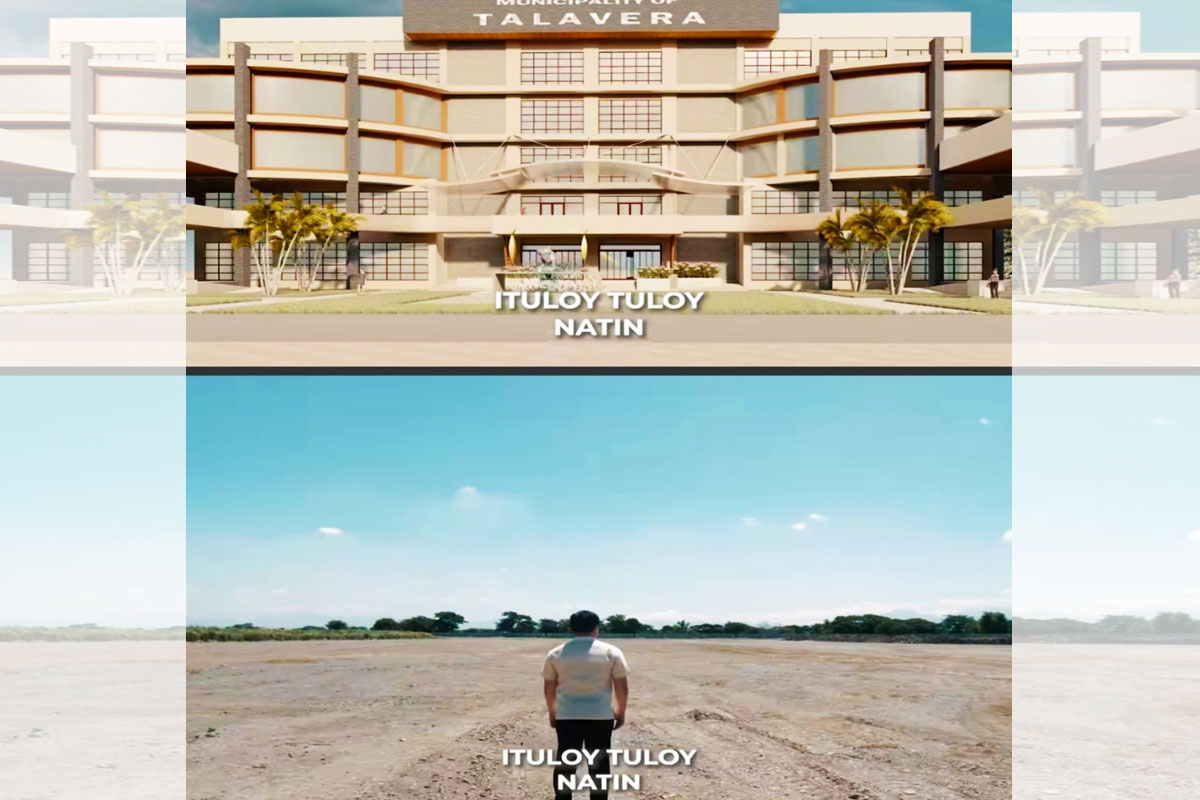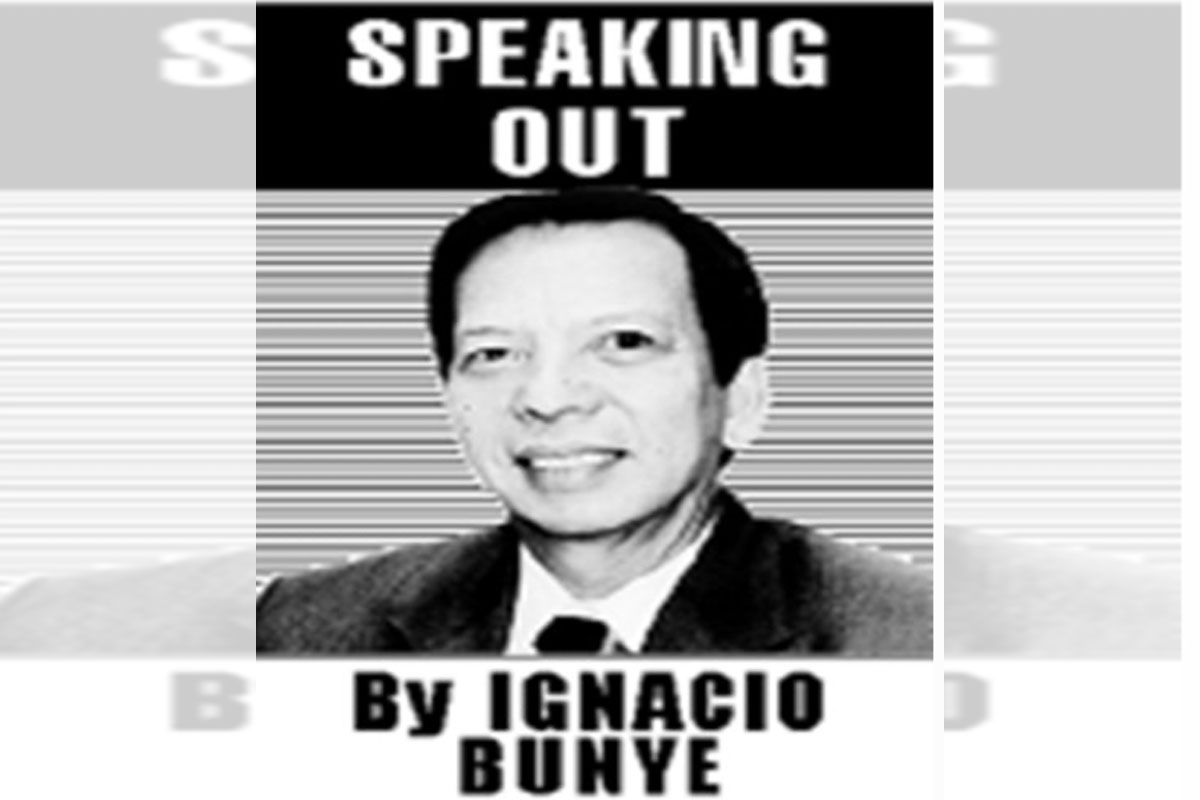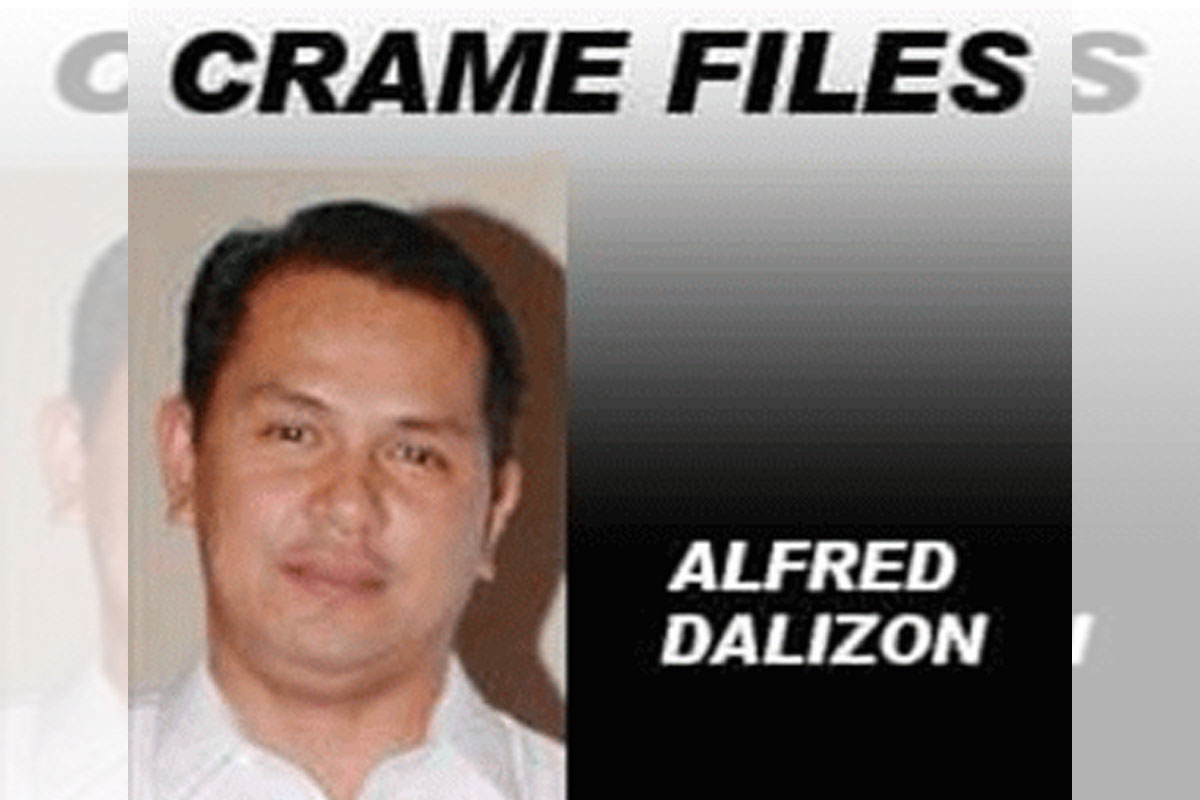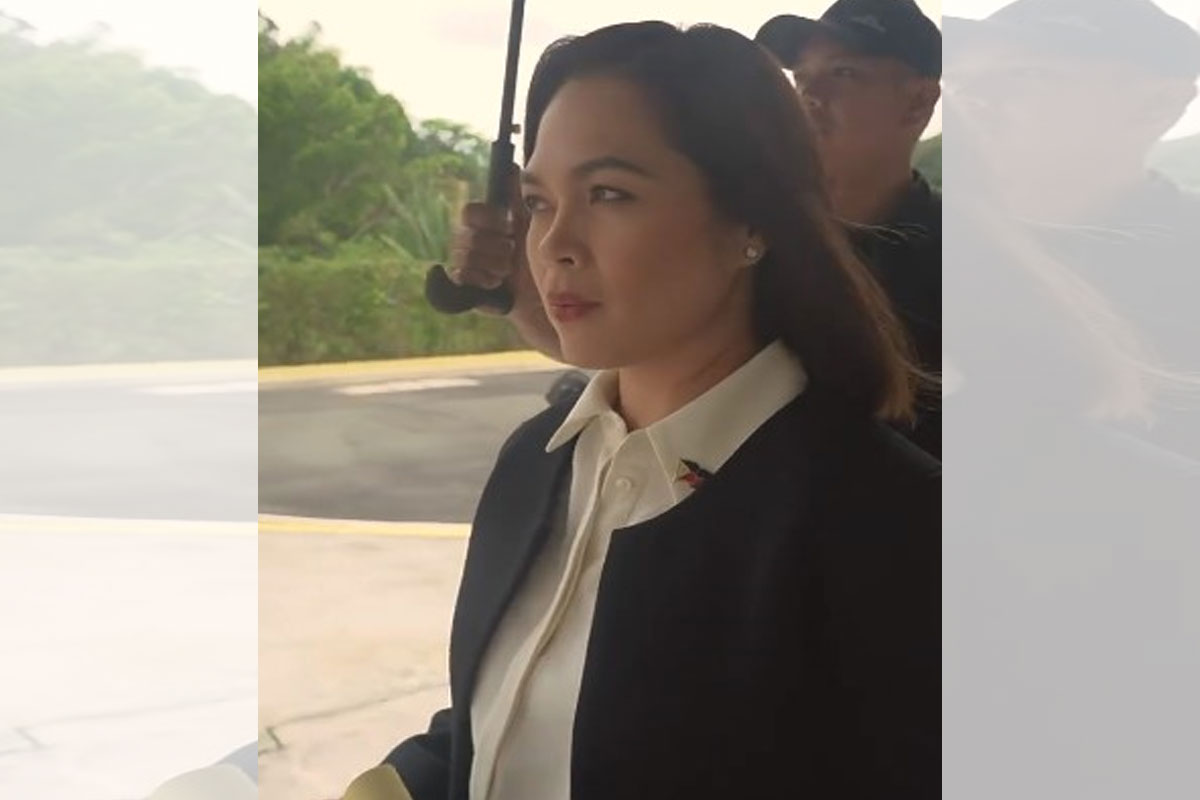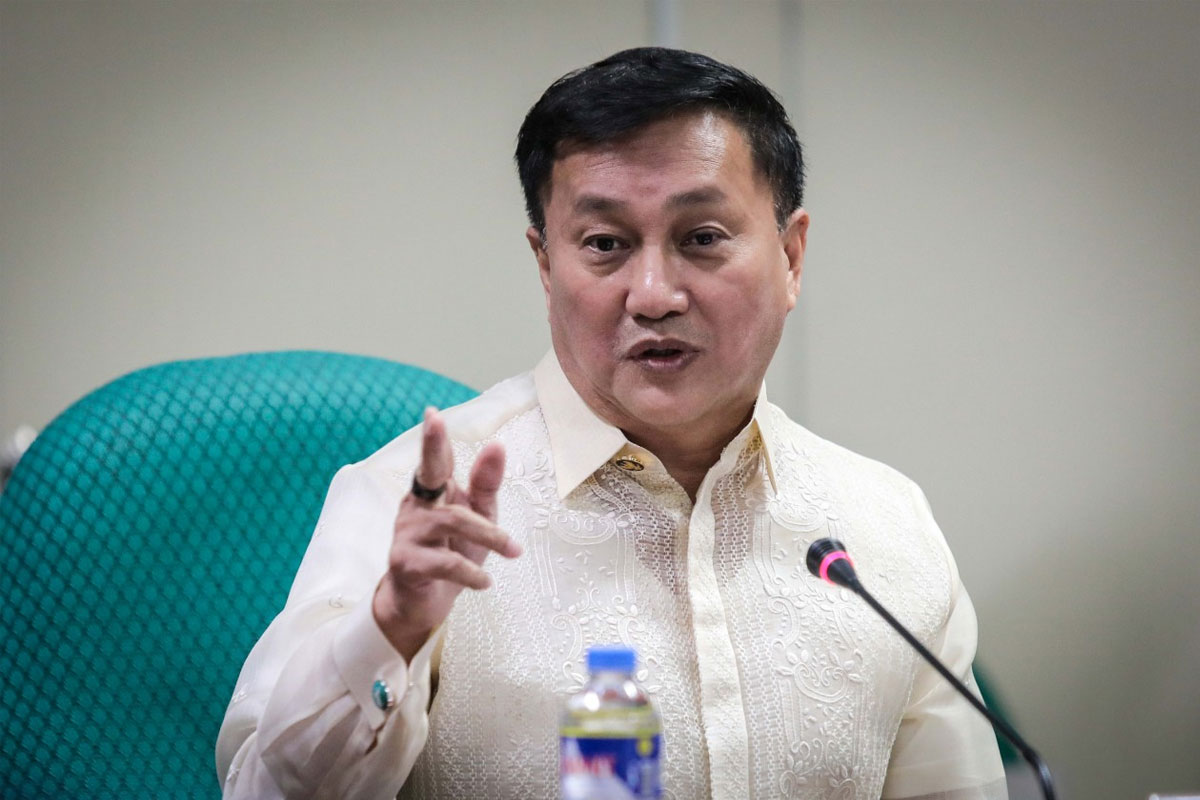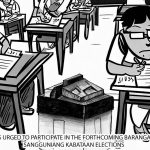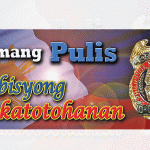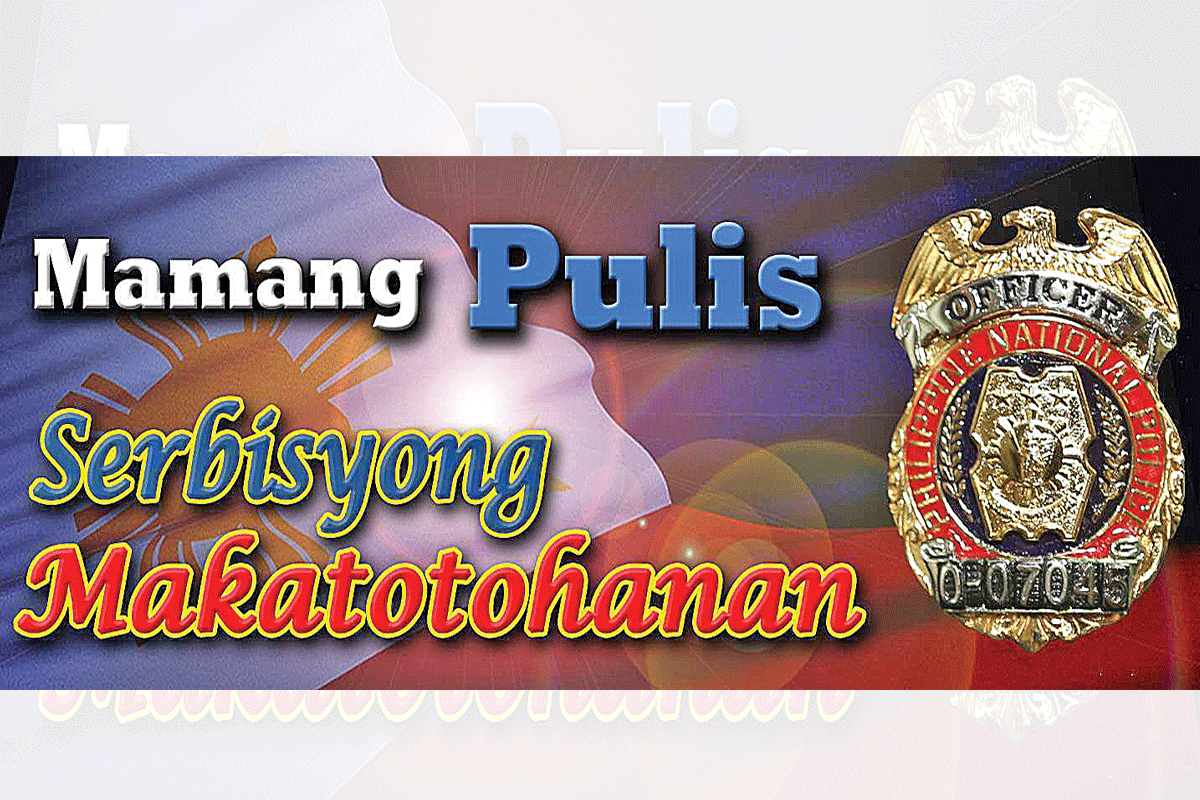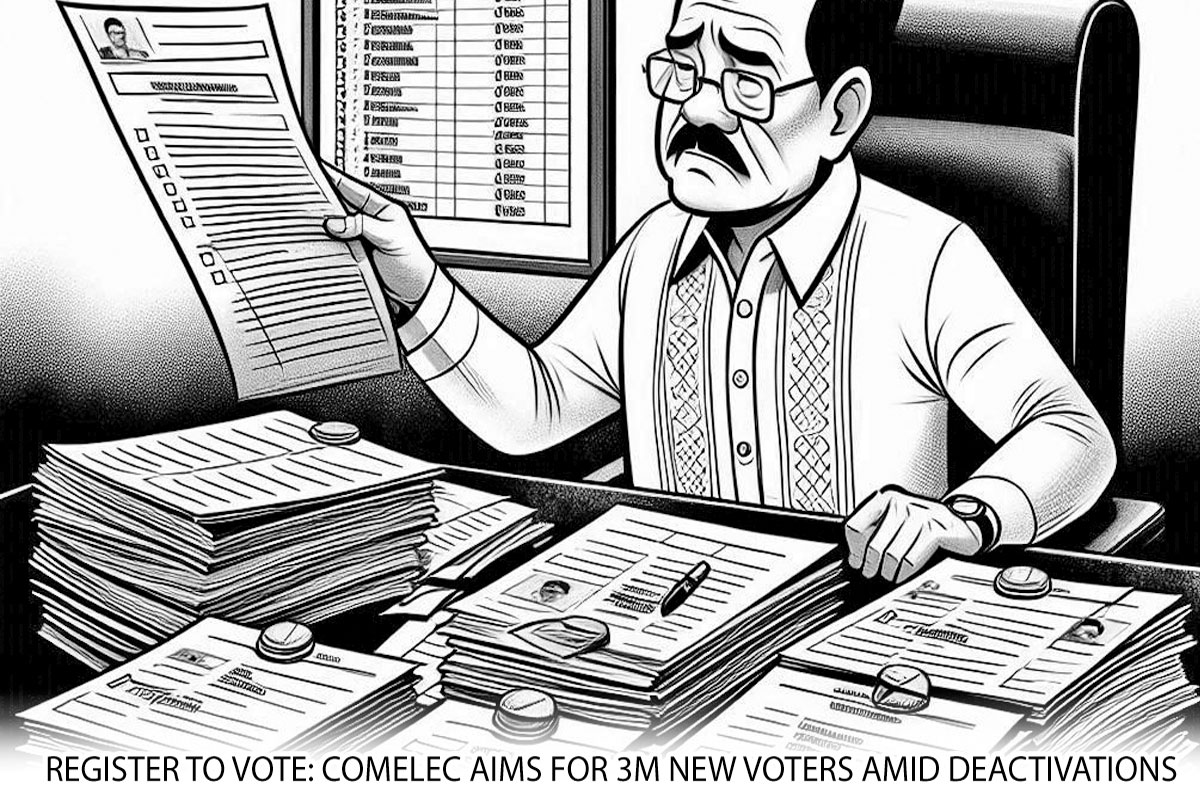
PNP command responsibility, police ops procedures review timely
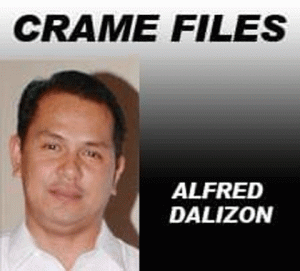 I’M referring to the decision of DILG Secretary Benhur Abalos Jr. and PNP chief, General Benjie Acorda Jr. to strictly enforce the doctrine of command responsibility in the police force as well as the review of the Police Operational Procedures.
I’M referring to the decision of DILG Secretary Benhur Abalos Jr. and PNP chief, General Benjie Acorda Jr. to strictly enforce the doctrine of command responsibility in the police force as well as the review of the Police Operational Procedures.
As the PNP marked the International Humanitarian Law (IHL) Day on Monday, it is still being confronted by the August 2 killing of an unarmed 17-year old Jemboy Baltazar in Navotas City by a group of policemen who are now facing a string of criminal and administrative charges that may abruptly end their police career and send them in jail.
Grappling to find answers to questions that have been left unanswered since the teener’s killing, an angry Sec. Abalos said he still cannot fathom why a group of policemen would fire at the victim simply because they mistook him for a killer.
“Marami akong nababasa and it’s the PNP Internal Affairs Service which has already taken over the probe. Things like were paraffin tests conducted? Umalis ba yung mga tao na nandun? Gaano katagal dumating ang mga imbestigador?,” he said.
Sec. Abalos said these are very serious allegations which should be thoroughly investigated. That August 2 incident prompted the DILG and the PNP leadership to ensure that it would strictly implement the thing called ‘command responsibility, review the POP and see to it that all members of the police force would really turn their POP into their own ‘Bible’ which they must read and follow to have a good life.
To their credit, NCRPO chief, Brigadier Gen. Tateng Nartatez and Northern Police District director, Brig. Gen. Rizalito Gapas did all the things necessary to be taken shortly after the Navotas incident took place, said the DILG chief.
However, both Nartatez and Sec. Abalos said there are many questions that needs to be answered by the Navotas City Police Station as information regarding the Baltazar killing continue to flow. First, why resort to warning shots which has been long barred by the PNP? 2nd, did those Navotas cops really use a Body-Worn Camera during their effort to get a man who earlier shot a local resident dead?
First of all, use of warning shots in the police force has long been banned here and abroad due to the concern that a warning shot may be misplaced and result in unintended injury or death to a suspect of a bystander. Warning shots are also not allowed in case of a traffic stop or a vehicle chase due to the confusion it may create for the driver and passengers of the vehicle.
The POP says that megaphones or police sirens shall be used instead during the pursuit. Lastly, were there any accountable senior officers present during that operation which so far has led to the filing of charges against six of the accused, two of them members of the local SWAT Team, two from the Intelligence Section and two from the Sub-Station 4.
Sec. Abalos said that the “doctrine of command responsibility is applicable if he has knowledge that the crime is committed and despite the knowledge, he did not do anything after its commission, when the irregularities and illegal acts are widespread within his area of jurisdiction or members of his immediate staff are involved.”
He also said that a Napolcom circular also provides that “the commander shall be held responsible not only for the misconduct, abuse of authority or criminal offence committed by his subordinates, but also for “gross inefficiency and vicious or immoral habits of the officer and personnel under him.”
The DILG chief likewise said that Gen. Acorda should be given the leeway to immediately remove an official in case any of his men commits a major infraction and not wait for the so-called ‘3-strike policy.’
Speaking of the issue on ‘warning shots,’ it now appears that the accused fired those shots to compel Baltazar and his companion to go with them. I was told that the cops got a tip that the suspects they were tracking down were in a boat docked near the river. When they saw Baltazar and his companion, they shouted at the two to yield and later fired warning shots to scare the two.
A terrified Baltazar jumped in the river prompting one officer to fire at his direction. The others followed suit and as a result, the victim was hit and died. After the incident, the accused policemen merely left the scene and did not surrender their weapons for a ballistics test or undergo a paraffin test as required in every cop-involved shooting incident, I was told.
It was not actually the 1st time that cops have come under fire for their ‘warning shots.
In May 2019, then NCRPO chief, Gen. Gilor Eleazar reminded his men that they cannot fire warning shots nor shoot at fleeing suspects.
The man who would later become PNP chief issued the reminded after a Caloocan City cop named Corporal Rocky delos Reyes was arrested after a warning shot he fired hit a 6-year old boy in Camarin who later died of his injuries. Delos Reyes claimed he was chasing a drug suspect with an outstanding arrest order when he fired the warning shots.
The victim suffered a gunshot wound in the head and worse, the media reported that the cop fired another shot that hit the foot of the victim’s grandmother when she prevented him from leaving the scene.
As the DILG and the PNP leaderships conduct a review of the POP, it should be emphasized time and time again that it should serve as a ‘Bible’ which should be read everyday by the police force as they go to work. It should be memorized by all members of the organization just like the National Anthem and the Policeman’s Pledge.
First, there are among the requirements of every police operation such as but not limited to arrest, search and seizure, checkpoint, roadblock and civil disturbance management. Whenever applicable and practicable, it should be Officer-led or the most Senior Police Non-Commissioned Officer in the absence or unavailability of a PCO.
With marked police vehicles; with personnel in prescribed police uniform except for covert operatives when serving warrants of arrest; with the use of Body-Worn Cameras and/or Alternative Recording Devices. Second, during actual police intervention operations, the Team Leader shall use peaceful means including the use of megaphones or any other similar instruments/devices to warn or influence the offender/s or suspect/s to stop and/or peacefully surrender.
Third is the ‘use of force policy’ or the application of necessary and reasonable force in the lawful performance of duty by the police. Yes, A police officer is not required to afford the offender/s attacking him/ her the opportunity for a fair or equal struggle.
The necessity and reasonableness of the force employed will depend upon the number of aggressors, nature and characteristic of the weapon used, physical condition, size and other circumstances to include the place and occasion of the assault.
However, the excessive use of force to arrest or immobilize the suspect during police operation is prohibited. The POP says that use of firearm is only justified when the offender poses an imminent danger of causing death or injury to the police officer or other persons.
The use of firearm is also justified under the doctrines of self-defense, defense of a relative, and defense of a stranger. However, one who resorts to self-defense must face a real threat on his/her life, and the peril sought to be avoided must be actual, imminent and real.
Unlawful aggression should be present for self-defense to be considered as a justifying circumstance. The police shall not use warning shots during police operation except when the police officer is outnumbered and overpowered, and his/her life and limb is in imminent danger.
It also say that after an armed confrontation, the officer who is in charge of the operation, when applicable, shall: a. Secure the site of confrontation; b. Check whether the situation still poses imminent danger; c. Take photographs; d. Evacuate all wounded to the nearest hospital regardless of the extent of injury; e. Keep arrested suspects in isolation; f. Conduct debriefing on all involved PNP operatives; g. Submit After-Operations Report; and h. Ensure psychological stress counselling for all involved PNP Operatives.
These are among the many other questions and issues which needs to be answered by the Navotas City police. May justice really be served on the young Baltazar and his family.





